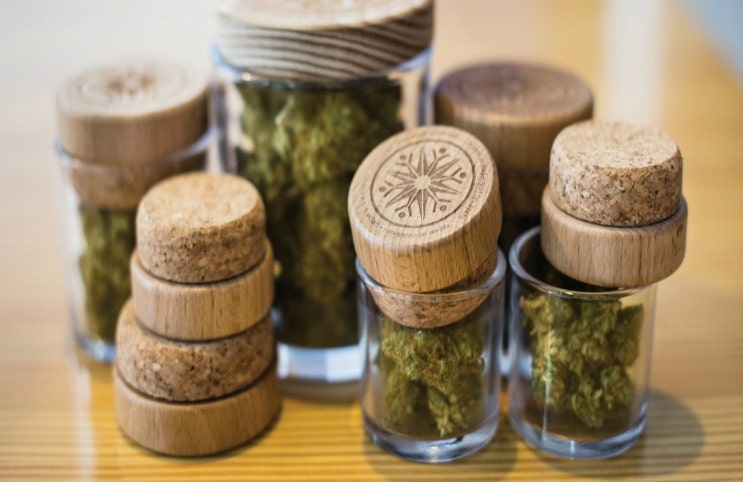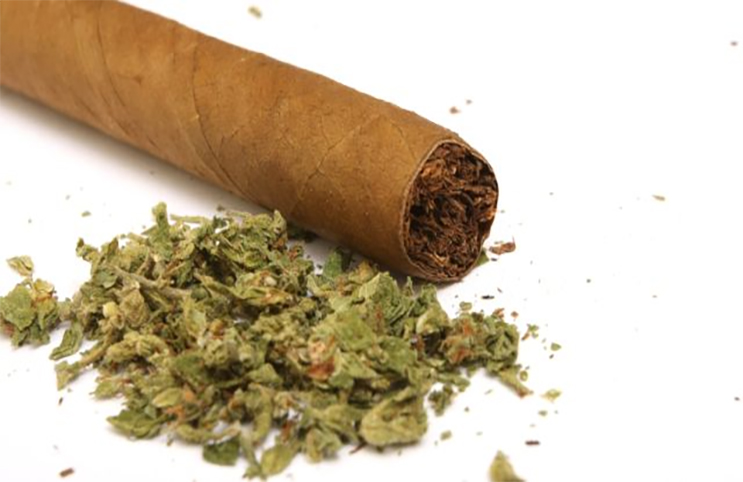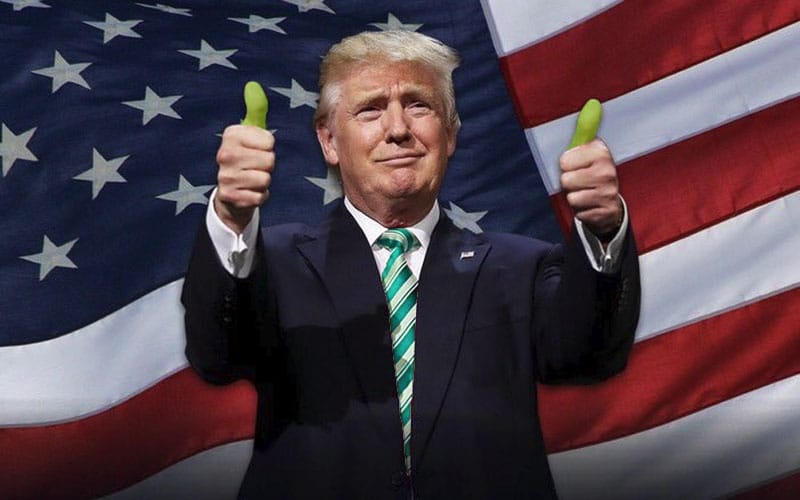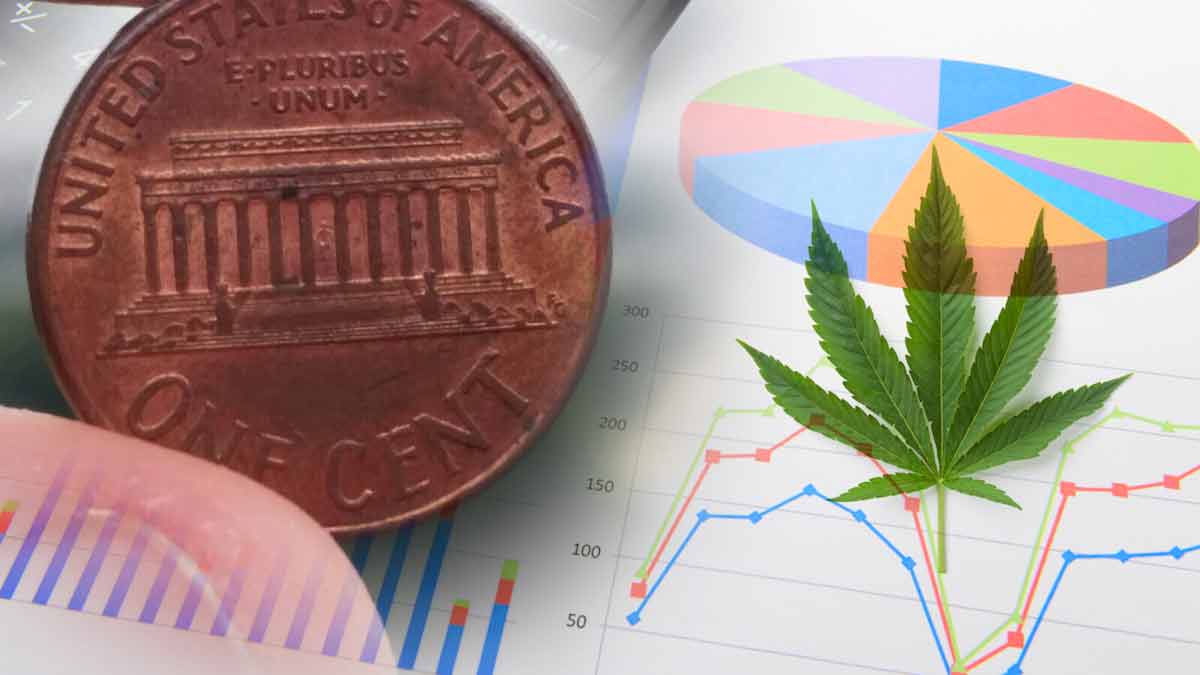Canada becoming the second country with the legalization of recreational cannabis has brought both prospects as well as challenges to its respective business holders. For those holding a license and those who are looking forward to being entrepreneurs in this business of selling cultivated and edible products, the situation is a complicated one. A lot of research and homework should be involved, especially for the future entrepreneurs who look to invest their money in the business of cultivated and edible products like baked goods, beverages, chocolates, mints, vape cartridges, tinctures, gummies, etc.
Health Canada, which is responsible for helping Canadians maintain and improve their health, is coming up with an edibles regime which serves a two-way part – both supportive and restrictive, after last October’s legalization. Health Canada ensures that high-quality health services are accessible and works to reduce health risks. However, a closer look at the situation will show that the risks involved are high in lieu of the prospects in these consumer products that it provides. Apparently, acquiring the right license while in tandem of building production capabilities and product portfolios, will be a crucial role.
Strict Legal Framework
The Cannabis Act creates a strict legal framework for controlling the production, distribution, sale, and possession of cannabis across Canada. Reliable testing, dosing, and measurement are the points in which the government will not compromise. The requirement for labeling edibles and constituent ingredients will mirror requirements for food and pharmaceuticals.
The approach of go-low-and-slow, considered to be a responsible measure, proposes 10-milligram THC limit per item. This, however, is too little an amount for the recreational users. Foreseeing the unintended consequences that this could culminate into, industry experts raise their concerns whether a low dose per piece will help or hinder safe consumption. Low dose may also necessitate for excessive packaging, which would cost a bomb in the pockets of the producers taking into consideration the cost involved to develop and ship them. This would become a key factor in deciding the price. Also, these costs would raise alarms for potential investors. There are also questions around how many edibles can be in a package and how safety is ensured for each unit.
The Cannabis Act
The Cannabis Act protects public health by creating strict safety and quality regulations. In addition, public education efforts are currently underway to raise awareness about safety measures and any potential health risks. However, as a result of the proposed packaging, along with the limitations of marketing and distribution, the consumers may not have sufficient information for informed choices. This encumbers an LP’s ability to link advertising to product and market share. More importantly, consumers’ ability to voice preferences may be muffled. This will coherently result in poor product iterations; fruitless changes to dosing, formulations, taste, etc. in its efforts to protect the public. A balancing chord must be stuck in order to help the development of viable consumer-driven businesses.
Though persuasive opportunities exist, it is extremely mandatory for edible producing entrepreneurs to understand the entire production cycle. It is indispensable for edible entrepreneurs to analyze the regulatory, financial, production and consumer impacts of the business. Moving with the right foot forward would open a new gamut of business to them.
MAPH Enterprises, LLC | (305) 414-0128 | 1501 Venera Ave, Coral Gables, FL 33146 | new@marijuanastocks.com










